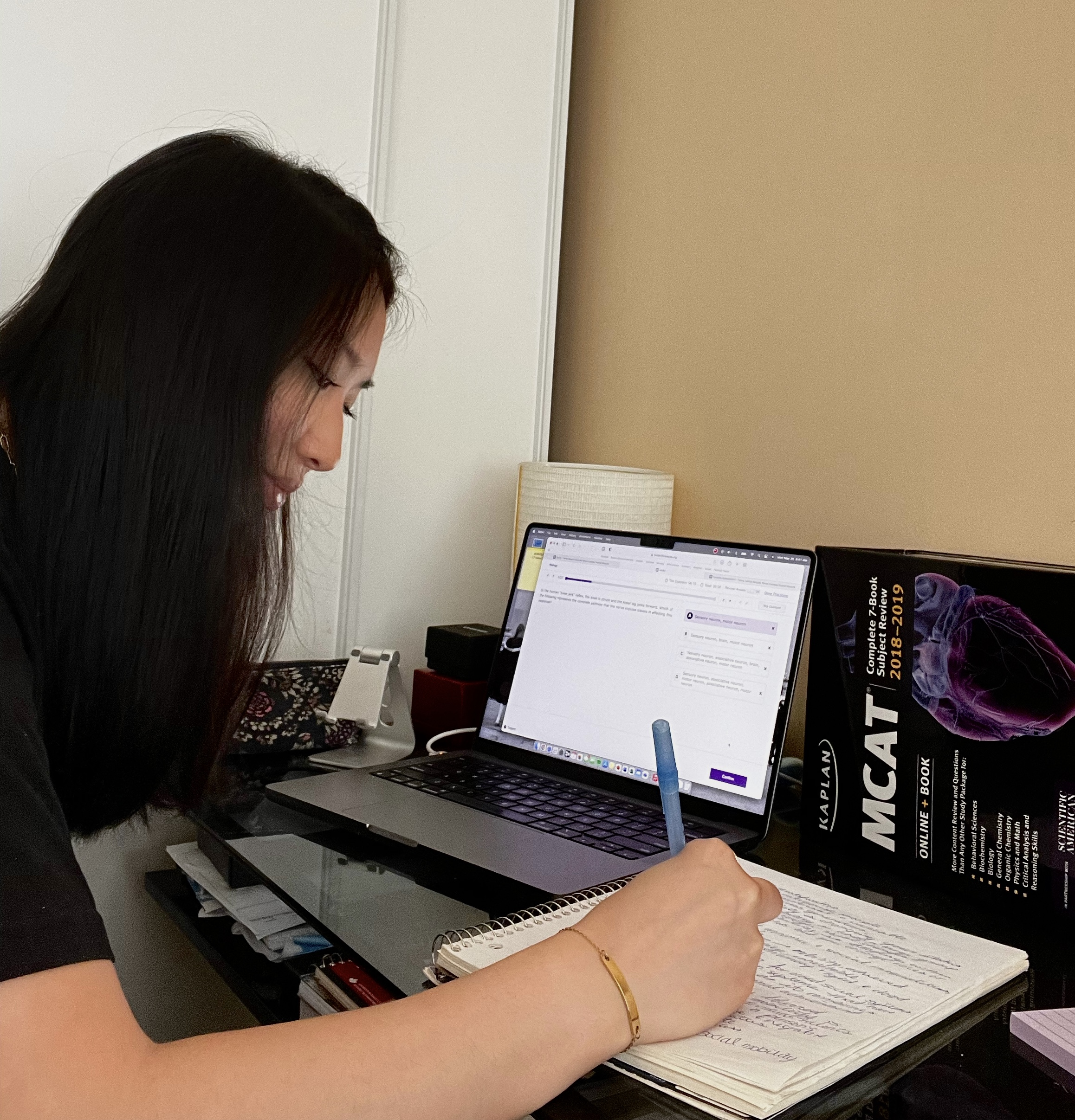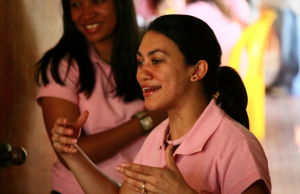Every time I work at a new house in Pajarillos, my perspective on the community is broadened. Every family is different and contributes differently to my view of the area as a whole. Some families are outgoing and talkative from the beginning, while others are more conservative, sometimes even shy. Working with the different families and learning their personalities and stories is one of the more interesting things I get to do down here.
Recently I worked in a house with four students from the University of Washington for three days. I had visited the house in advance to make sure they had all of their materials and knew when we were coming. I knew the family was one of the poorer families in all of Pajarillos, so I was particularly happy that I had the chance to work with them. When we arrived, we found the mother of the house and her five kids home, the father was out working. I introduced the students to the family and the family to the students. It was pretty evident from the start that the entire family was really shy. The mother looked down when I talked to her, and most of her kids hid behind her skirt or stood behind the entry of the house, peeking out from behind the wall.
The husband was out working, so as we started working the mother and older kids helped us by bringing buckets of water for us to use in making concrete. They didn’t talk to us, and continued diverting their eyes when any one of us tried to talk to them. The kids were quiet too, I can’t remember seeing any of them playing that day, the only sounds any of them made were the babies crying. Near the end of the day, the husband returned from work and helped us work for a little while before we left. He was a more outgoing person, he talked with us and smiled as he shook my hand.
The next day the husband was home all day and you could tell that his presence had a big impact o the rest of the family. The wife no longer looked down when talked to and the kids started to venture closer to us as we worked. The students were able to play with the kids some that day, they weren’t as shy anymore. By the third day neighbor kids had swarmed the house and our worksite was turned into a playground. The kids played with the UW students, took pictures and taught them new games. I saw the mother smiling and laughing as she watched her kids and the neighbor kids playing with the Americans.
The transition at that house in just three days, from a quiet, shy family to a group of kids laughing and playing was really cool to see. Even though the work we do building things at houses is important, I don’t think anyone should overlook the importance of the interaction between our organization and individual families. We don’t want to come to a household, build them something and leave. Instead, we want to make friends, work with a family, not just for them. Cases like this one reassure me that we’re doing a good job building relations between people from very different parts of the world.
CHECK OUT PICTURES FROM PUBLIC HEALTH BRIGADES



